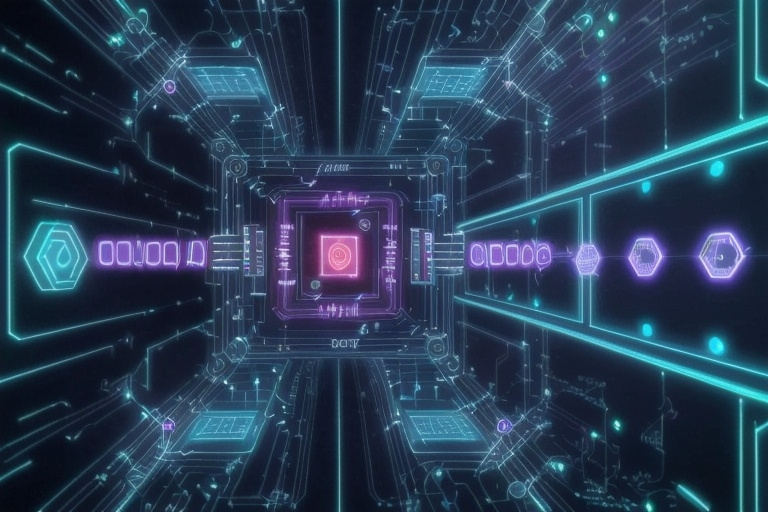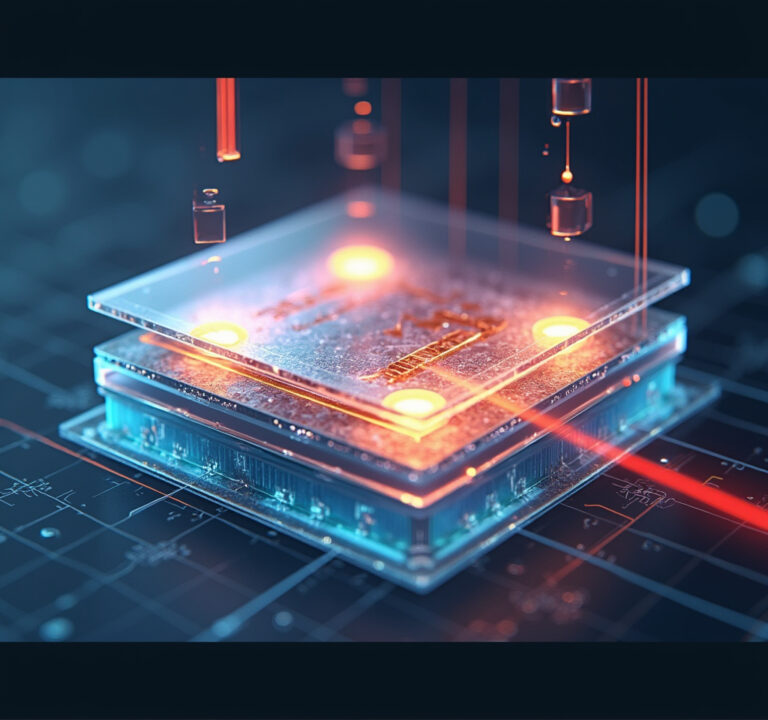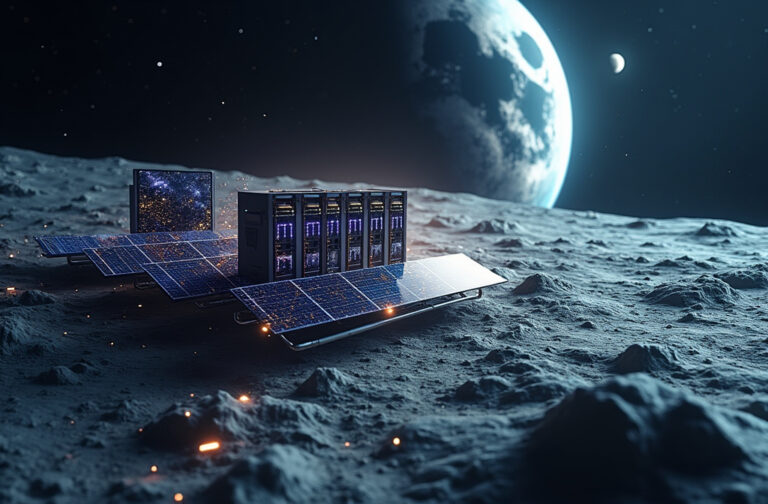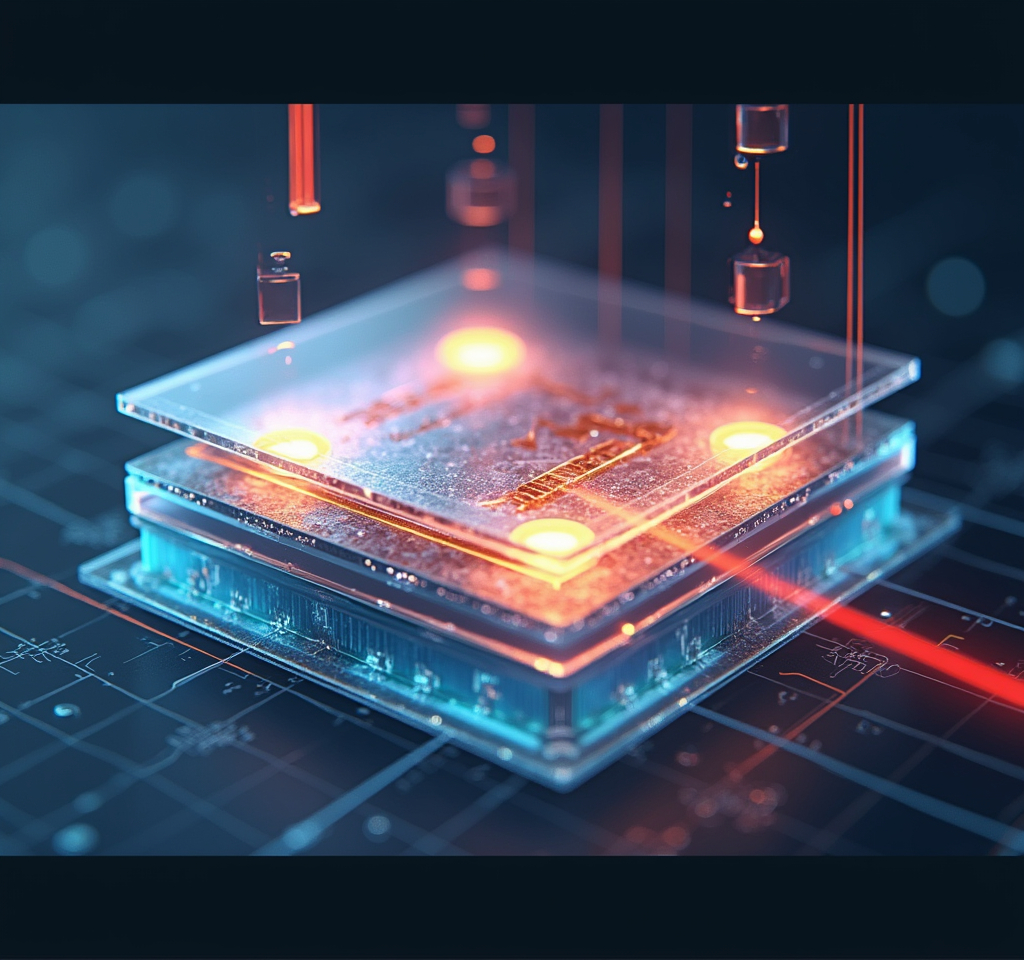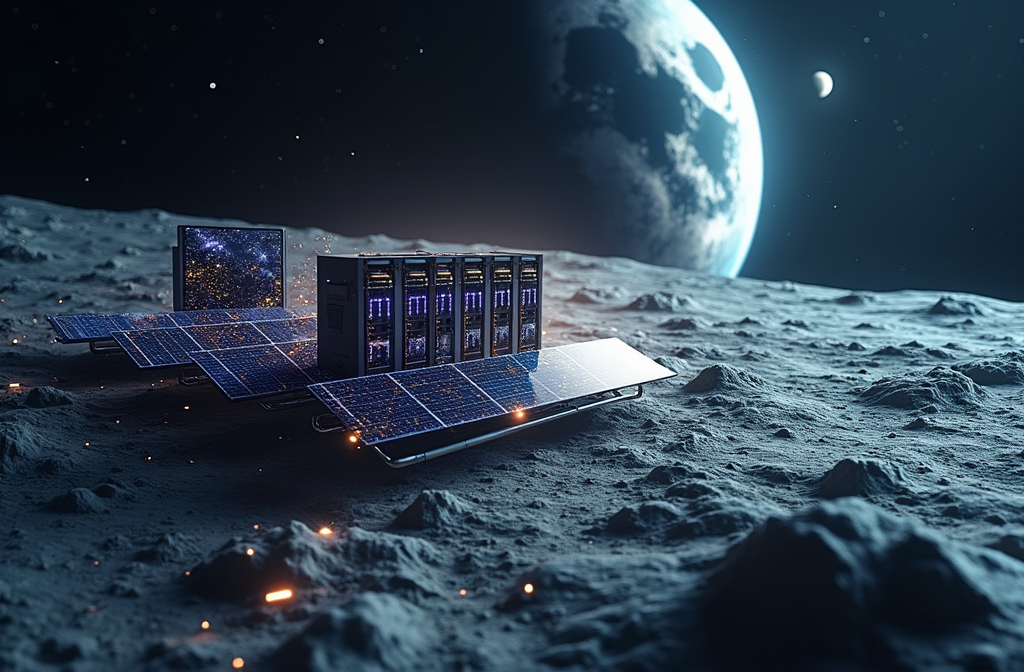Quantum computing is poised to revolutionize everything from cryptography to drug discovery, but scaling up these machines while maintaining control over fragile quantum states is a monumental challenge. Scientists are now taking a new approach: Distributed Quantum Computing (DQC)—a method that interconnects multiple small quantum processors to function as a single, powerful machine.
A recent breakthrough demonstrates the first-ever deterministic quantum gate teleportation (QGT) between two separate quantum modules—a crucial step toward building scalable, high-performance quantum networks.
What Is Distributed Quantum Computing (DQC)?
DQC takes inspiration from classical distributed computing, where multiple computers work together to solve complex problems. Instead of increasing the number of qubits within a single chip (which introduces errors and connectivity issues), DQC connects multiple smaller quantum processors through photonically linked networks.
Using quantum teleportation, these modules can share entanglement without physically moving qubits, ensuring secure and lossless communication across distances.
The Breakthrough: Quantum Gate Teleportation (QGT)
A team of researchers has successfully implemented the first deterministic controlled-Z (CZ) gate teleportation between two trapped-ion quantum modules separated by 2 meters. Here’s how it works:
- Photonically Entangled Qubits: The modules contain network qubits (for communication) and circuit qubits (for computations). The network qubits are first entangled remotely using photons.
- Quantum Gate Teleportation (QGT): The entanglement is leveraged to teleport a CZ quantum gate across the two modules. This process is deterministic, meaning it works reliably every time—a crucial requirement for practical quantum computing.
- Grover’s Algorithm in a Distributed Setup: For the first time, the researchers executed Grover’s search algorithm using several non-local two-qubit gates across separate quantum modules, achieving a 71% success rate.
- Expanding Beyond CZ Gates: The experiment also successfully demonstrated distributed iSWAP and SWAP circuits, proving the feasibility of executing arbitrary two-qubit operations across separate processors.
Why This Matters for the Future of Quantum Computing
1. Scalability Without Physical Limitations
Traditional quantum computers face hardware bottlenecks—adding more qubits increases complexity, leading to errors and decoherence. DQC bypasses this problem by interconnecting smaller modules, forming a highly scalable quantum network.
2. Quantum Internet & Secure Communications
The principles behind QGT are not limited to computing; they also provide the foundation for the quantum internet—a network where quantum states can be securely transmitted over long distances, enabling unhackable communications.
3. Platform Agnostic Interconnectivity
Since QGT works with photonic links, it could seamlessly integrate different quantum hardware platforms, such as superconducting qubits, neutral atoms, and trapped ions, creating a hybrid quantum ecosystem.
The Road Ahead
While this breakthrough brings us closer to practical distributed quantum computing, challenges remain. Error rates need improvement, and entanglement generation speeds must increase for real-world applications. However, with advances in quantum repeaters, entanglement purification, and hybrid quantum systems, we are on the brink of a new era in computing.
Final Thoughts
This historic experiment proves that distributed quantum computing is not just theoretical—it’s happening now. By linking quantum processors through photonically entangled networks, we move closer to achieving large-scale, fault-tolerant quantum computation.
With continuous advancements, the dream of a powerful, interconnected quantum network is becoming a reality—paving the way for groundbreaking discoveries in AI, cryptography, materials science, and beyond.
Article derived from: Main, D., Drmota, P., Nadlinger, D.P. et al. Distributed quantum computing across an optical network link. Nature (2025). https://doi.org/10.1038/s41586-024-08404-x
Check out the cool NewsWade YouTube Video about this article!

